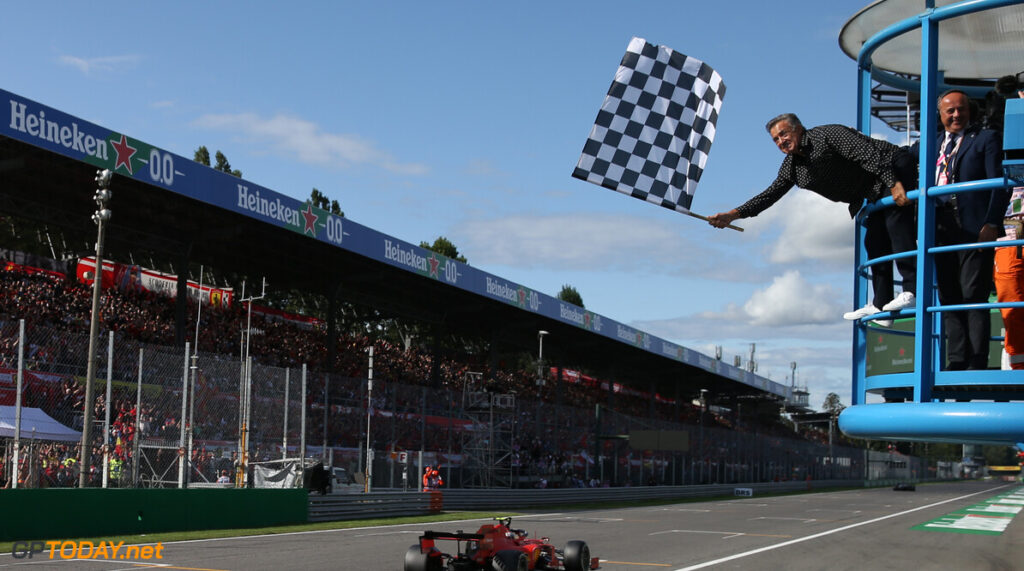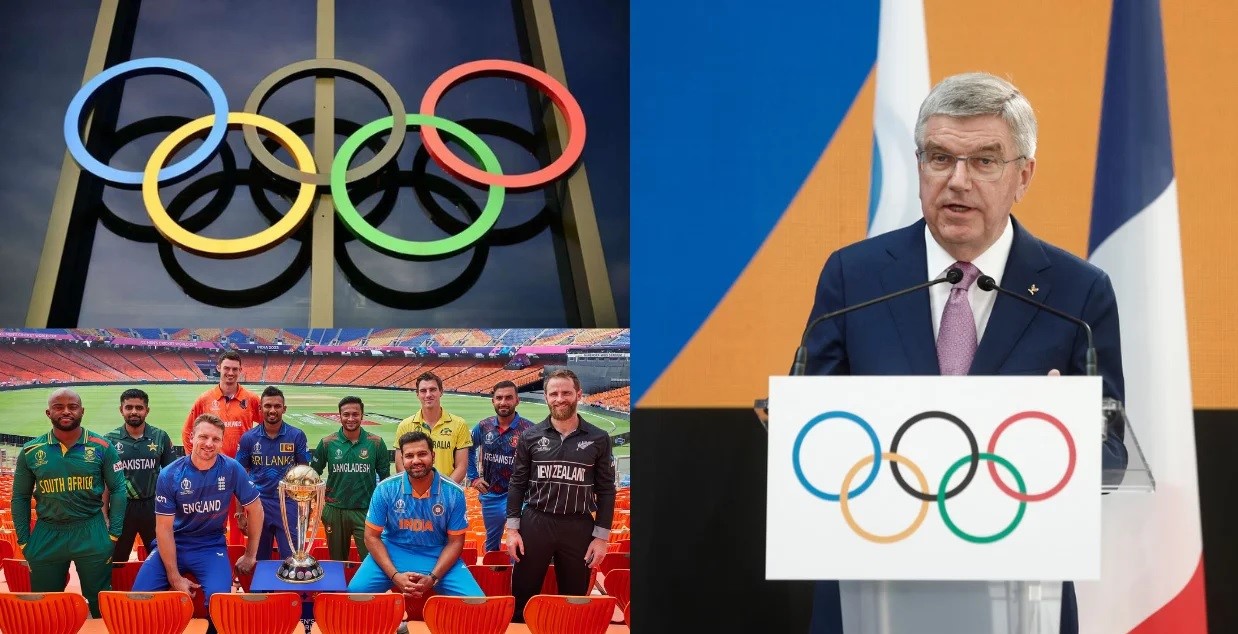
International car racing is a sport known as Formula 1, or simply F1. The Formula One championship is the pinnacle of single-seat, open-wheel, and open-cockpit professional motor racing.
Max Verstappen and Sergio Perez from reigning Formula 1 world champions, Red Bull maintain their lineup for the third consecutive year, there are also no changes at Mercedes with Lewis Hamilton and George Russell, or at Ferrari with Charles Leclerc and Carlos Sainz.
The Formula 1 summer break began at the end of July 2023, giving the engines time to cool down. In the midst of the never-ending boom of engines and the emotional tornado that surrounds each Grand Prix, it’s a chance to catch one’s breath.
Fans are left to reflect on the events that are taking place and excitedly anticipate the drama that is still to come when drivers withdraw from high-speed fights and engineers adjust their tactics.

But following the end of the summer vacation in 2023, Formula One will resume by occupying the paddocks at the Zandvoort circuit for the Dutch Grand Prix 2023 (25–27 August). Let’s look more closely at the features of the circuit and the novel ideas that the teams proposed.
The circuit’s layout is difficult and undulating, with a mix of sharp turns, elevation changes, and technical portions.
Drivers must be precise and skilled in order to navigate the circuit, making it thrilling for both players and spectators. Here, notable Formula 1 champions including Niki Lauda, James Hunt, and Alain Prost have won.
Drivers competing in the Dutch Grand Prix have no room for error on the Zandvoort circuit due to its tight layout and punishing gravel traps. There aren’t many escape routes, therefore this circuit doesn’t allow for quick adjustments.
Although it may appear like the summer break is only a rest period in between two races, it actually has a lot of significance because it is formally included in the rules of sports, with penalties for teams that don’t follow them.
It began with the final race in July, which took place in Belgium, and continued until the first race began in late August or early September.
Various activities are restricted during the 14-day shutdown period, which is detailed in Article 21.8 of the FIA F1 sports regulations.
These limits include a ban on additional car development and design as well as the production and planning of parts. It’s crucial to remember that necessary upkeep and service are still allowed to keep the team doing its core duties.
The International Automobile Federation, also known as the FIA or Fédération Internationale de l’Automobile, is a global organization that oversees and regulates Formula One racing. The rules that the competing cars and drivers are required to abide by gave the sport its moniker, “Formula.”
The goal of a Formula 1 competition is to select the race’s victor. After a certain number of laps, the winner is the driver who crosses the finish line first.
Coming to the drivers, with his eighth straight victory in 2023, Max Verstappen driving for Red Bull now leads the championship by 125 points going into the summer break.

Despite finishing in P2 that is second place, Sergio Perez is still far behind Fernando Alonso, who is currently in P3.
Red Bull now has a 260-point advantage over Mercedes in the Constructors’ Championship, extending their lead
An Insight into the History of Formula 1
Talking about the history of Formula 1, the 1920s and 1930s saw the emergence of Formula 1 racing in Europe from other closely related races. The FIA established racing regulations in 1946, which served as the foundation for Formula One competition. The first world championship series was the Formula One World Drivers’ championship, which began in 1950.
Although no one can say for sure who came up with the concept of an official Formula One World Championship, the Marquis Antonio Brivio-Sforza, who had been chosen to represent Italy at the FIA in 1946, typically receives the honor.
The 1950 British Grand Prix at Silverstone saw the first Formula 1 World Championship, thus establishing England as the sport’s birthplace.

Numerous non-championship F1 races were organized in addition to the world championship series, but after 1983 these events were abandoned due to rising costs of running them.
There is a four-driver season cap for each F1 team. Each F1 team has a support personnel that is essential to the team’s performance.
The “Formula One World Championship season” is a period of time during which a number of Formula One races are held, typically over the course of a year. Each race in a season is referred to as a “Grand Prix” or “GP”.
The word “Grand Prix” is French in origin and means “great prize.”
Every Grand Prix in a season is hosted by a different nation, and the races are given that nation’s names. For instance, a Grand Prix staged in Australia is referred to as an Australian Grand Prix, one in Monaco as the Monaco Grand Prix, and so on. A GP may, however, be held annually in the same or other host cities.
There are two annual Championship trophies that are determined by the combined results of all Grand Prix races throughout a season.
Driver’s Championship Award (for drivers) and Constructor’s Championship Award (for the Constructors)

A Formula One car is a single-seat, open-cockpit racing vehicle designed exclusively for use in Formula One championships. It has an engine in the back behind the driver, along with front and back wings.
The F1 races are held on specially constructed racetracks known as “circuits.” They occasionally take place on blocked public roadways as well. The chassis and the engine make up the two fundamental parts of any F1 car.
Thirty minutes before to the start of the race, the pit lanes are opened for the formation lap, which serves as the opening lap of a Formula One race. Pit lanes are parallel to the start/finish line and are located away from the grid.
The drivers are permitted to take as many warm-up drives as they choose during this period without officially entering the grid. The drivers must line up on the grid in the order they qualified once the pit lane closes.
The race starts with the starting lights, which consist of 10 red lights in 5 pairs of columns, after all of the vehicles have taken their spots on the grid.
One second apart from one another, from left to right, each column illuminates. Following a brief period of illumination, all five columns are simultaneously extinguished, marking the start of the race.
The five red lights come back on if the start is delayed for whatever reason, but they do not go out; instead, orange lights come on, and the race is restarted.
The winners of the first, second, and third places in the race get trophies as they stand on a podium. The winning team is also given a constructor’s trophy.
The next anticipated race will start on Sunday, 27 August, 2023, at the Zandvoort Circuit with fans thrilled from all over the world supporting their favorite teams and drivers.





















































































































































































































































































































































































































































































































































































































































































































































































